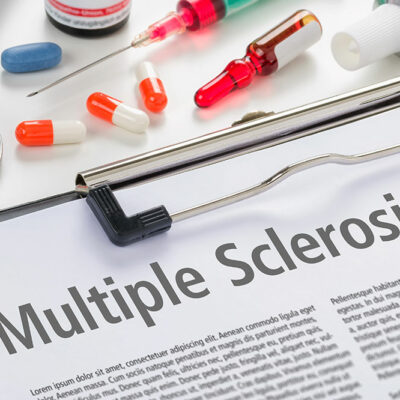9 common mistakes to avoid before buying pet insurance

One crucial aspect of safeguarding a pet’s health is pet insurance. It is a financial safety net that ensures pets receive the best possible veterinary care without the parents being burdened by exorbitant costs. In the intricate tapestry of pet care, unforeseen circumstances and health challenges can arise, demanding immediate attention and expert intervention. This is where the significance of avoiding common pet insurance mistakes comes into play.
Waiting until it’s too late
One prevalent mistake is procrastinating on getting pet insurance. Waiting until a pet develops a health issue or reaches a certain age can lead to limited coverage or exclusions for pre-existing conditions. To maximize the benefits of pet insurance, it’s advisable to enroll pets at a young age when they are healthy, ensuring comprehensive coverage throughout their lives.
Overlooking policy exclusions
Pet insurance policies often include exclusions, detailing specific conditions, treatments, or situations that are not covered. Common exclusions may include pre-existing conditions, elective procedures, and breed-specific hereditary conditions. It’s essential for pet owners to carefully review and understand these exclusions to avoid surprises when making a claim.
Neglecting to compare plans
Not all pet insurance plans are curated equal. Another mistake is neglecting to compare different plans, considering factors such as coverage limits, deductibles, reimbursement percentages, and waiting periods. Each pet is unique, and finding a plan that aligns with the pet’s breed, age, and health needs is crucial for optimal coverage.
Opting for the cheapest option
While budget considerations are valid, opting for the cheapest pet insurance without checking the coverage details can be a costly mistake in the long run. Some inexpensive plans may offer limited coverage, higher deductibles, or lower reimbursement percentages, resulting in exorbitant out-of-pocket expenses when veterinary care is needed.
Disregarding wellness coverage
Many pet insurance plans offer optional wellness or routine care coverage for preventive services like vaccinations, dental cleanings, and annual check-ups. Neglecting wellness coverage is a common oversight, as preventive care can contribute to a pet’s overall health and well-being. Evaluating the cost-effectiveness of adding wellness coverage is essential for a holistic approach to pet healthcare.
Not understanding reimbursement methods
Pet insurance providers commonly use different reimbursement methods, such as actual costs, benefit schedules, or customary charges. Understanding how reimbursement is calculated is crucial for managing expectations and avoiding surprises when filing claims. Some plans reimburse a percentage of the actual veterinary bill, while others follow a set schedule or customary charges for specific procedures.
Ignoring customer reviews and ratings
Neglecting to research and consider customer reviews and ratings for pet insurance providers is a mistake that can lead to dissatisfaction with the chosen plan. Real-life experiences from other pet owners can offer valuable insights into the provider’s customer service, claims process, and overall satisfaction levels.
Not reevaluating coverage over time
As a pet ages or experiences changes in health, their insurance needs may evolve. Failing to reevaluate coverage over time is a common mistake. Regularly assessing a pet’s health and adjusting coverage accordingly ensures that the insurance plan continues to meet the pet’s healthcare requirements.
Assuming all pets require the same coverage
In households with multiple pets, assuming that all pets require the same coverage can be a mistake. Each pet comes with unique health considerations. Tailoring coverage to each pet’s specific needs ensures they receive the appropriate level of protection without overpaying for unnecessary coverage.










